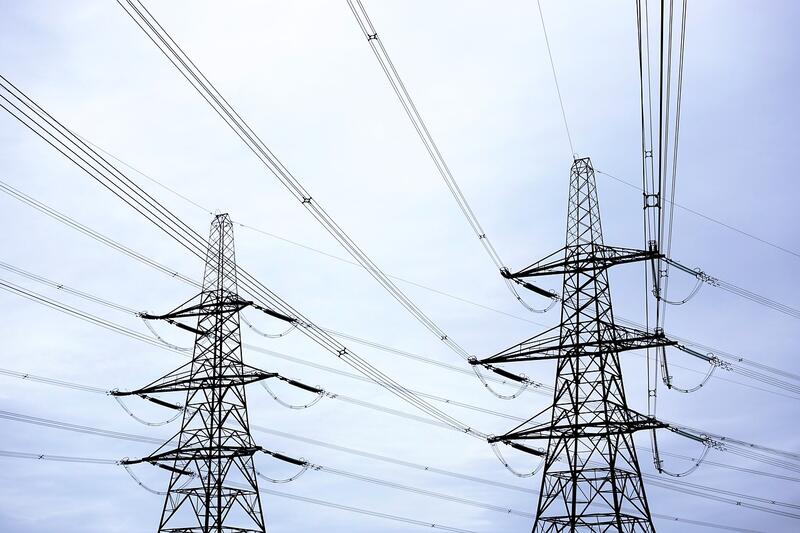Unveiling the Potential: Decarbonization Methods for Distribution of electricity
This article explores decarbonization methods for the distribution of electricity, highlighting their potential to reduce greenhouse gas emissions and mitigate climate change.

The distribution of electricity sector is a critical component of the energy industry that plays a significant role in powering homes, businesses, and industries. However, the sector is also responsible for a significant amount of carbon emissions, which contribute to climate change. Decarbonisation is the process of reducing carbon emissions from the distribution of electricity sector by transitioning to cleaner and more sustainable energy sources. This article will discuss the importance of decarbonisation in the distribution of electricity sector, the main sources of carbon emissions, ways to reduce carbon emissions, challenges facing decarbonisation, and the implications of decarbonisation for the sector.
What is Decarbonisation in the Distribution of Electricity Sector and Why is it Important?
Decarbonisation in the distribution of electricity sector refers to the process of reducing carbon emissions from the generation, transmission, and distribution of electricity. The sector is responsible for approximately 40% of global carbon emissions, making it a significant contributor to climate change. Decarbonisation is crucial because it is necessary to limit global warming to 1.5°C above pre-industrial levels, as outlined in the Paris Agreement. Failure to achieve this target could result in catastrophic consequences, such as rising sea levels, extreme weather events, and food shortages.
Furthermore, decarbonisation is essential to ensure the sustainability of the energy sector. Fossil fuels, which are the primary source of carbon emissions in the distribution of electricity sector, are finite resources that will eventually run out. Therefore, transitioning to renewable energy sources is necessary to ensure a sustainable energy future.
Main Sources of Carbon Emissions in the Distribution of Electricity Sector
The main sources of carbon emissions in the distribution of electricity sector are the generation of electricity from fossil fuels, transmission losses, and distribution losses. Fossil fuels such as coal, oil, and natural gas are the primary sources of electricity generation, accounting for approximately 62% of global electricity generation. The combustion of these fuels releases carbon dioxide and other greenhouse gases into the atmosphere, contributing to climate change.
Transmission losses occur when electricity is transported over long distances through power lines, resulting in energy loss due to resistance. Distribution losses occur when electricity is distributed to consumers through local networks, resulting in energy loss due to inefficient equipment and outdated infrastructure.
How Can We Reduce Carbon Emissions in the Distribution of Electricity Sector?
There are several ways to reduce carbon emissions in the distribution of electricity sector, including:
- Transitioning to renewable energy sources: Renewable energy sources such as solar, wind, and hydroelectric power generate electricity without emitting carbon dioxide or other greenhouse gases. Therefore, transitioning to these sources is an effective way to reduce carbon emissions.
- Improving energy efficiency: Improving energy efficiency in the distribution of electricity sector can reduce the amount of electricity needed to power homes, businesses, and industries, thereby reducing carbon emissions.
- Upgrading infrastructure: Upgrading infrastructure such as power lines, transformers, and other equipment can reduce transmission and distribution losses, thereby reducing carbon emissions.
- Implementing carbon capture and storage: Carbon capture and storage (CCS) is a technology that captures carbon dioxide emissions and stores them underground. Implementing CCS in the distribution of electricity sector can reduce carbon emissions.
Challenges Facing Decarbonisation in the Distribution of Electricity Sector
There are several challenges facing decarbonisation in the distribution of electricity sector, including:
- Cost: Transitioning to renewable energy sources and upgrading infrastructure can be expensive, making it challenging for some countries and companies to invest in decarbonisation.
- Political will: Decarbonisation requires political will and support from governments, which may be difficult to achieve in some countries.
- Technical challenges: Implementing new technologies such as CCS and renewable energy sources can be challenging due to technical limitations and the need for new infrastructure.
- Resistance to change: Some stakeholders in the distribution of electricity sector may resist decarbonisation due to concerns about job losses and other economic impacts.
Implications of Decarbonisation for the Distribution of Electricity Sector
Decarbonisation has several implications for the distribution of electricity sector, including:
- Increased use of renewable energy sources: Decarbonisation will result in an increased use of renewable energy sources such as solar, wind, and hydroelectric power.
- Upgraded infrastructure: Decarbonisation will require upgrading infrastructure such as power lines, transformers, and other equipment to reduce transmission and distribution losses.
- Job creation: Decarbonisation will create new jobs in the renewable energy sector and other industries that support decarbonisation.
- Reduced carbon emissions: Decarbonisation will result in reduced carbon emissions from the distribution of electricity sector, contributing to global efforts to limit global warming.
Conclusion
Decarbonisation is a critical process that is necessary to reduce carbon emissions from the distribution of electricity sector and limit global warming. The main sources of carbon emissions in the sector are the generation of electricity from fossil fuels, transmission losses, and distribution losses. Transitioning to renewable energy sources, improving energy efficiency, upgrading infrastructure, and implementing carbon capture and storage are effective ways to reduce carbon emissions. However, there are several challenges facing decarbonisation, including cost, political will, technical challenges, and resistance to change. Decarbonisation has several implications for the distribution of electricity sector, including increased use of renewable energy sources, upgraded infrastructure, job creation, and reduced carbon emissions.